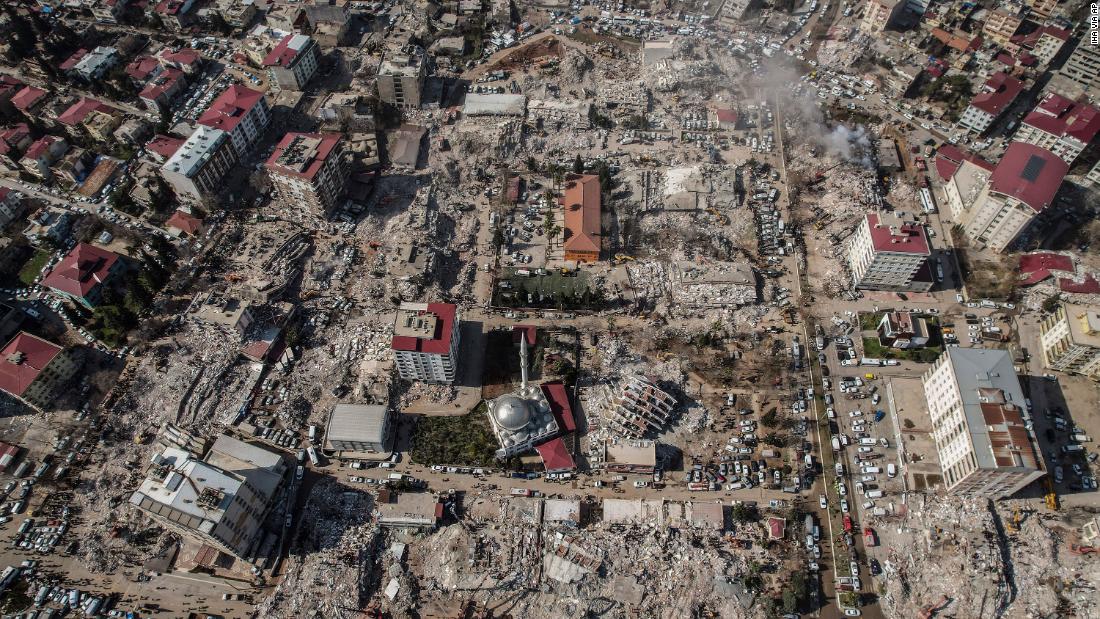Hate Crime Laws Undermined by Bias
Statutes meant to protect racial minorities and marginalized groups are less effective than they should be, and in some cases even discourage hate crime victims from coming forward, says a new report by the Movement Advancement Project.

Hate crime laws in the U.S. are inconsistent and provide incomplete methods for addressing bias-motivated violence, according to the Movement Advancement Project (MAP), a nonprofit group lobbying for protection for hate crime victims.,
A comprehensive national review of hate crime laws by MAP shows gaps and variances in laws after a year-long focus on COVID-era hate violence directed at Asian Americans and Asian immigrants.
The report says that as a consequence of bias in the criminal justice system, the statutes meant to protect racial minorities and marginalized groups are less effective. Advocates are quoted in the report claiming that existing laws can discourage hate crime victims from coming forward.
The report also notes that while a core element of all these laws is sentencing enhancements for criminal punishment, there is “little evidence” that these enhancements prevent crime, reports The Hill in its summary of the review.
According to available data, although the majority of all U.S. hate crimes are committed by white people, the hate crimes reported by state law enforcement to the FBI disproportionally lists Black Americans as the perpetrators.
In at least 13 states, law enforcement recorded hate crimes listed Black offenders at a rate roughly 1.6 to 3.6 time greater than the size of the state’s Black population, says the report.
It states:
These repeated disparities … show that — despite the fact that people of color are far more likely to be the victims of hate violence — the instances of hate violence that are actually documented by police … are disproportionately those alleged to have been committed by Black people.
As hate crimes against Asian Americans and Asian Immigrants have gained widespread attention, so has the false perception that Black Americans, along with other people of color, as the main culprits of these attack.
Janelle Wong, a professor of American Studies at the University of Maryland, College Park, who released an analysis in June on previously published studies on anti-Asian bias, says that she found major contradictions in the prevailing narrative around perpetrators, victims, and the general environment of racism toward Asian Americans during the pandemic, reports NBC News.
A study from the American Journal of Criminal Justice, which examined hate crime data from 1992 to 2014, found that found that compared to anti-Black and anti-Latino hate crimes, a higher proportion of perpetrators of anti-Asian hate crimes were people of color, even though 75 percent of perpetrators were white, says NBC News.
Wong says this study likely contributed to the spread of “erroneous narratives.”
Marita Etcubañez, senior director for strategic initiatives at Asian Americans Advancing Justice – AAJC in Washington D.C., told the Associated Press that “We don’t have a true and accurate understanding of what anti-Asian hate during the pandemic has looked like, but we do know that these commonly discussed perceptions that the perpetrators of anti-Asian hate are mainly Black or African American are not accurate.”
This report also highlights the key challenges of these hate crime law:
-
- Flaws in data collection;
- Abuse of original intent;
- Failure to address root causes; and
- Bias in the criminal justice system.
In order to address these issues and to improve hate crime law, advocates recommend shifting the focus away from strictly criminal punishment for violation of the statutes to allowing for remedies in civil court.
The report also calls for investment in the social safety net to help reduce poverty and vulnerability caused by systematic racism.
Gabriela Felitto is a TCR Justice Reporting intern.

 Landwebs
Landwebs 
























